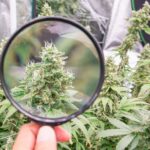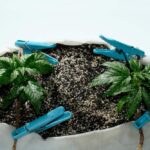The Best Fluffy Pancakes recipe you will fall in love with. Full of tips and tricks to help you make the best pancakes.
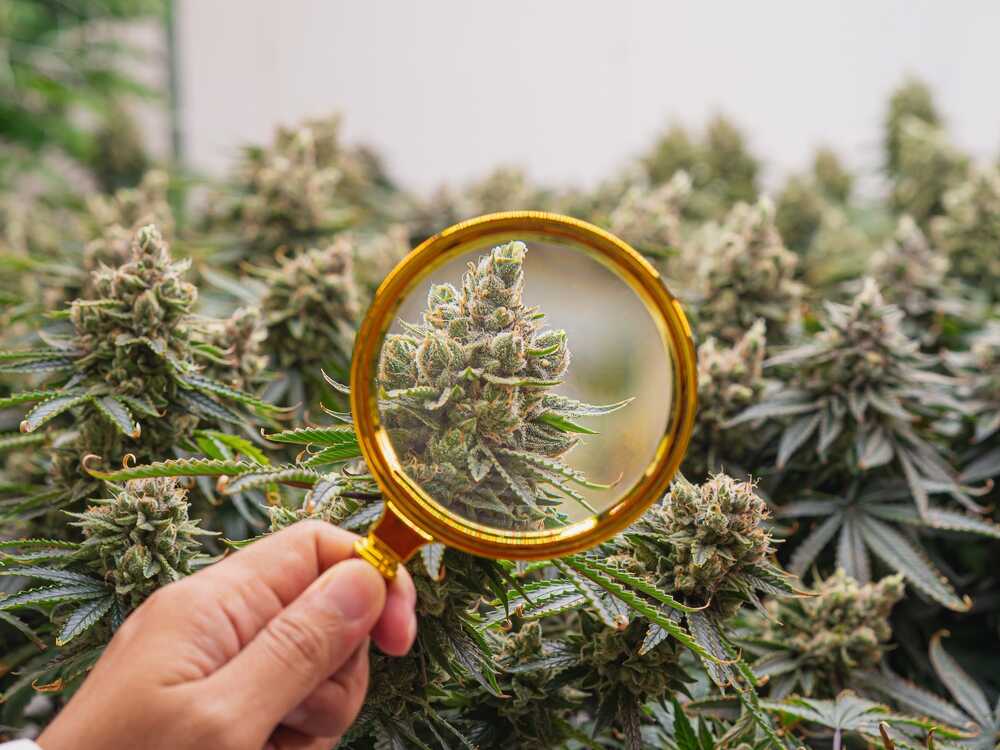
When to Harvest Autoflowers
Harvest time is one of the most satisfying moments in an autoflower grow — it’s the moment all your effort comes full circle. But knowing exactly when to harvest autoflowers isn’t as simple as watching the calendar. If you’re growing autoflowers and you’re waiting for a sign from the heavens, don’t. The best way to time your harvest is by observing your plants closely. I’m going to walk you through what I do, what to look for, and how to interpret the signs your plant gives you.
Understanding the Autoflower Lifecycle
What Makes Autoflowers Different from Photoperiod Strains
Autoflowers are unique because they don’t rely on light schedules to switch from veg to flower. Unlike photoperiod strains, which you control by changing light cycles (typically from 18/6 to 12/12), autoflowers are on a biological clock — they start flowering when they’re ready, usually around 3–5 weeks from sprout.
This is because autoflowers contain genetics from Cannabis ruderalis, a hardy subspecies evolved to thrive in harsher climates with shorter seasons. This means autoflowers:
- Flower automatically based on age
- Are generally smaller and faster finishing
- Can be grown under a consistent 18/6 or even 20/4 light cycle
- Don’t need light manipulation to bloom
Because of this, your harvest timing won’t follow the same cues as photoperiod strains. You need to read the plant — not the calendar.
Typical Timeline from Seed to Harvest
On average, most autoflowers are ready to harvest between 8 and 12 weeks from seed. That said, this window is not set in stone. Some quick-flowering strains finish in as little as 8 weeks, while others take up to 14.
Here’s a general timeline breakdown:
- Weeks 1–3: Seedling and early veg
- Weeks 4–6: Flowering kicks in
- Weeks 7–10: Bud development and resin production
- Weeks 10–12: Trichomes and pistils mature — harvest window
This is a general rule of thumb. Your strain, environment, and growing style all affect how fast your plant finishes. Keep your eyes on the plant, not the clock.
Key Signs Your Autoflower Is Ready to Harvest
The Role of Trichomes: Clear, Cloudy, and Amber Explained
Trichomes are the best way to tell if your autoflower is ready for the chop. These tiny, crystal-like glands on your buds and sugar leaves contain most of the cannabinoids and terpenes.
Trichomes change color as they mature:
- Clear trichomes: Not ready. THC hasn’t fully developed.
- Cloudy/milky trichomes: Peak potency. THC is at its highest.
- Amber trichomes: THC starts degrading into CBN. More of a sedative, couch-lock effect.
So when should you harvest? It depends on the kind of high you want:
- Cloudy with a few ambers: Balanced high (my go-to for most strains)
- Mostly cloudy: More energetic and cerebral
- More amber than cloudy: Heavy, relaxing body high
I like to wait until about 10–15% of the trichomes have turned amber — this gives me that happy middle ground.
Checking Pistil Color and Curling
Pistils (the hair-like structures on your buds) are another indicator. Early in flower, pistils are white and stand straight. As the plant matures:
- Pistils darken to orange/brown
- They start curling in toward the bud
- They shrink in size
If over 70% of the pistils have darkened and curled, you’re probably nearing harvest. However, pistils can sometimes be misleading — environmental stress or even light exposure can cause them to darken prematurely. That’s why I never rely solely on pistils — I always cross-check with trichomes.
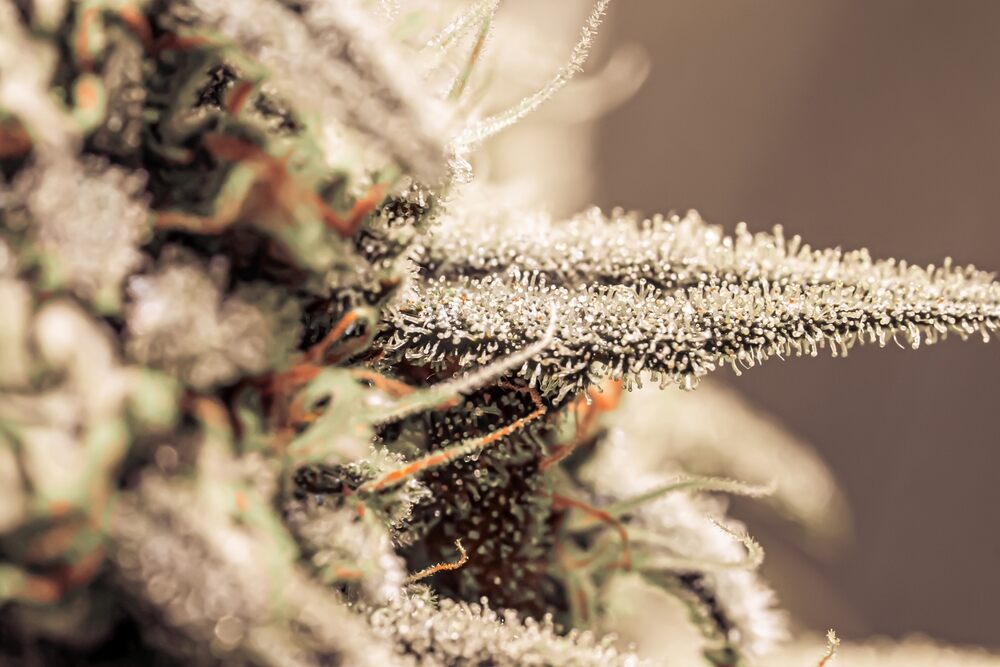
Using a Jeweler’s Loupe or Microscope for Accuracy
To inspect trichomes properly, you’ll need magnification. The naked eye won’t cut it. I use a jeweler’s loupe (minimum 60x) or a digital microscope.
Here’s why:
- Loupes are cheap and portable, but require a steady hand
- USB microscopes plug into your phone or laptop and give a crystal-clear view
- Handheld microscopes are the middle ground — more magnification, still portable
Zoom in on your sugar leaves near the buds — not the fan leaves. You want to judge the resin where it counts.
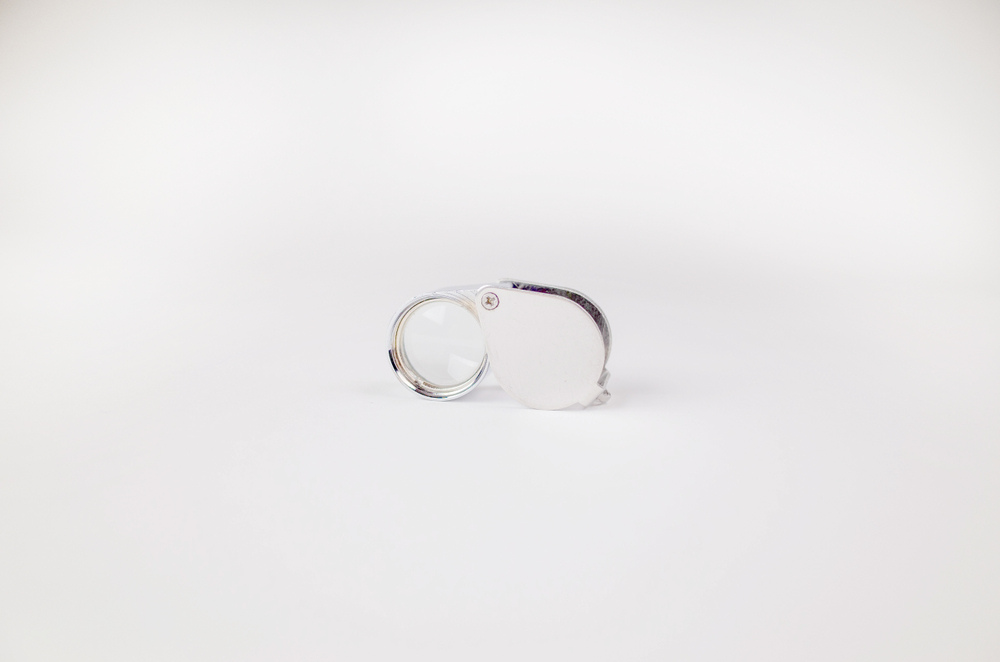
Factors That Influence Harvest Timing
Environmental Conditions Like Light and Temperature
Your grow environment has a big influence on how quickly your autoflowers mature. Here’s how:
- High temperatures (above 30°C) can speed up metabolism and flowering
- Cooler temps can slow everything down
- Low humidity during late flower helps prevent mold but may also stress the plant
- Strong LED lighting helps dense buds form faster, pushing plants toward maturity
I run LEDs at 18/6, and I keep temps around 24–26°C in flower. I’ve noticed that too much heat near the end can rush the trichomes and give me weaker flavor and less nuanced effects.
The Impact of Nutrients and Grow Medium on Maturity
Feeding your plant right will support steady, even growth. Overfeeding or underfeeding can stunt development or stress the plant into finishing early. I use a light touch in late flower and taper off with a clean water flush.
Soil-grown plants often take longer than coco or hydro due to slower nutrient uptake. That’s not a bad thing — just something to keep in mind.
Strain Genetics and Breeder Guidelines
Different strains mature at different speeds. Some breeders will tell you 70 days, others say 90. Take those numbers with a pinch of kief — they’re guidelines, not gospel.
Some fast-flowering hybrids like Northern Lights Auto or Blueberry Auto tend to finish faster. Others, like Gorilla Glue Auto or Amnesia Haze Auto, can take longer.
Always compare your observations (trichomes, pistils, bud density) to the breeder’s timeline, but trust the plant more than the seed pack.
How to Plan Your Harvest
The Ideal Time of Day to Harvest for Best Potency
Timing your harvest to the time of day matters. The best time to harvest is in the early morning, just before your lights turn on (or at the end of the dark cycle if you’re indoors). That’s when terpene and cannabinoid levels are highest.
Here’s what I do:
- I turn off the lights 24 hours before harvest
- I let the plant sit in darkness to boost resin production
- I chop early the next morning before lights go back on
This also helps preserve aroma and flavor since light and heat can degrade terpenes quickly.
Understanding the Flushing Period Before Harvest
Flushing means giving your plant plain water for 7–14 days before harvest. This helps remove residual nutrients from the medium and the plant, which improves taste and smoothness when you smoke.
Here’s what flushing does:
- Reduces harshness when smoking
- Enhances flavor and aroma
- Helps avoid chemical aftertastes
I always flush my autoflowers for at least 10 days. In coco, I can get away with 7. In soil, I go longer — up to two weeks. Watch for fan leaves fading yellow — that’s your plant using up stored nutrients.
Signs of Overripe vs. Underripe Buds
Overripe buds aren’t ideal. THC starts converting to CBN, and you lose that sweet spot of flavor and potency. Here’s what to watch for:
- Overripe signs: All trichomes amber, pistils completely dark, buds may begin to degrade
- Underripe signs: Mostly clear trichomes, fluffy airy buds, pistils still white
Harvesting too early means you’ll miss out on yield and potency. Too late and you lose your top-shelf quality. Aim for that moment when the trichomes are mostly cloudy with a few ambers — that’s the goldilocks zone.
Common Mistakes to Avoid When Harvesting Autoflowers
Harvesting Based on Days Instead of Visual Cues
One of the most common rookie mistakes is harvesting at exactly “Day 70” because that’s what the seed pack says. Don’t do that. Some plants finish early, some go long. Always base your decision on what the plant shows you, not what the calendar tells you.
Remember:
- One grow might finish in 9 weeks
- Another of the same strain might take 11
- Trichomes don’t lie — trust them over timelines
Ignoring Trichome Development and Relying Only on Pistils
Pistils are useful but not reliable on their own. Some plants throw orange pistils early due to stress or light burn. Trichomes give you a much better window into actual cannabinoid maturity.
If you harvest based on pistils alone, there’s a good chance you’ll be leaving potency on the table.
Skipping the Flush or Cutting Down Too Early
Don’t rush the finish line. Skipping the flush can lead to:
- Harsh, chemical-tasting smoke
- Uneven burning
- Less satisfying effects
Likewise, cutting too early means your buds won’t develop to full size or potency. Even if they look done at Week 8, they might have another 7–10 days to really ripen. Be patient. Good weed takes time.
Conclusion
Timing your autoflower harvest is part science, part art. You’ve got to learn to read your plant — watching the trichomes, reading the pistils, knowing the signals. With experience, you’ll start to get a feel for the perfect moment. I still check with my loupe every grow — it’s how I get consistent, top-tier results. Use this guide as your baseline, and tweak your process based on what your plants tell you.
You’ve put in the time. You’ve watched your plant grow from seed to sticky buds. Now it’s time to finish strong. Harvest at the right time, and your autoflowers will reward you with the kind of smoke that’s worth all the effort.


